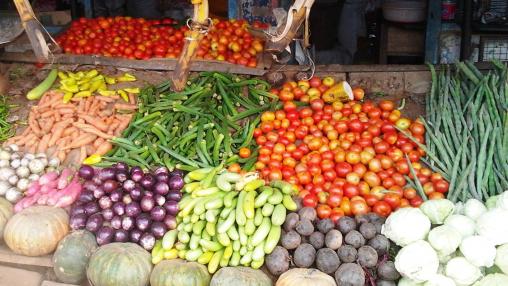
Poverty and food insecurity could grow dramatically as COVID-19 spreads
This post originally appeared on IFPRI.org blog.
As the COVID-19 pandemic spreads, social and economic relief measures—including fiscal stimulus and expansion of social safety nets—are crucial to prevent poverty and hunger from rising dramatically in developing countries. Rob Vos, David Laborde and Will Martin estimate this impact globally, finding that over 140 million additional people could fall into extreme poverty in 2020, including 80 million in Africa and 42 million in South Asia. Food insecurity would rise along with poverty. Without support, this global health crisis could thus cause a major poverty and food crisis.—Johan Swinnen, series co-editor and IFPRI Director General.
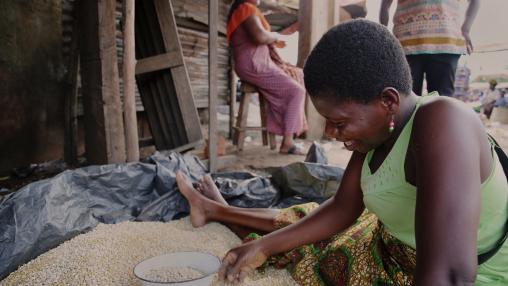
How COVID-19 may disrupt food supply chains in developing countries
This post originally appeared on IFPRI.org blog.
The organization of food supply chains (FSCs) is strongly affected by the level of economic development and factors such as urbanization and globalization. COVID-19 will thus have different impacts on FSCs in poor vs. in rich countries. Tom Reardon, Marc Bellemare and David Zilberman identify these structural differences and draw out the implications of widespread lockdowns and possible policy responses.—Johan Swinnen, series co-editor and IFPRI Director General.
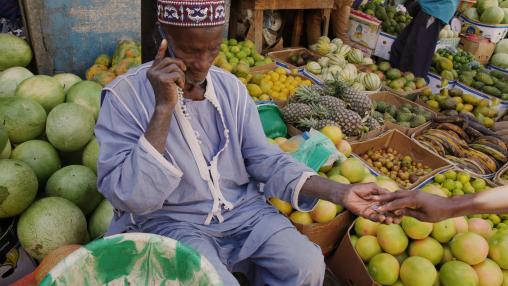
COVID-19: Trade restrictions are worst possible response to safeguard food security
This post originally appeared on IFPRI.org blog.
As COVID-19 spreads around the globe, fears of a deep global recession are mounting. Some also fear that food supplies may start running short, especially if supply chains are disrupted. Others fear that agricultural production may be disrupted by containment measures that restrict workers from harvesting and handling crops.
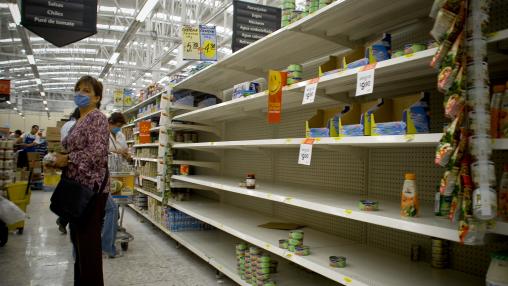
Coronavirus and the Implications for Food Systems and Policy
It originally appeared on Agrilinks.
The COVID-19 virus, commonly referred to as coronavirus, is spurring dramatic changes to economic, healthcare, transportation, and education systems around the world. No less important is the potential for COVID-19 to impact local and global food systems and their ability to provide safe, affordable, and nutritious food as well as sufficient incomes for people working in food and agriculture sectors. As the COVID-19 pandemic is still evolving, it is difficult to know the geographic reach and degree of impact we can expect to see across food production and distribution systems. Looking to past viruses as well as China’s handling of COVID-19, however, might help guide future responses in public policy and programming.

How much will global poverty increase because of COVID-19?
This post originally appeared on IFPRI.org blog.
In a recent blog post, we analyzed how the spread of the disease associated with the novel coronavirus (COVID-19) may bring damage to the global economy, and with it to food security and efforts to reduce poverty. We emphasized that the economic impacts of the present pandemic will be different from previous ones, including SARS, avian influenza, and MERS, which caused direct damage to livestock sectors, leading to food shortages and food price hikes in affected areas. No major food shortages have emerged thus far because of COVID-19.
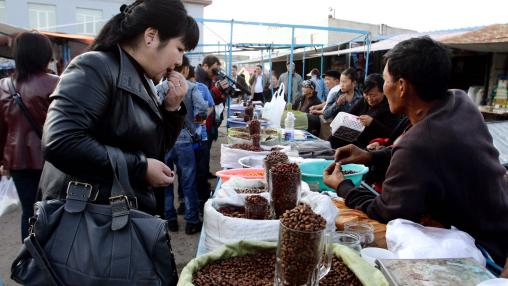
GIEWS Crop Prospects and Food Security Report Released
The latest Crop Prospects and Food Situation report from FAO was recently released. Published quarterly, these reports focus on developments affecting the food situation of developing countries and Low-Income Food-Deficit Countries (LIFDCs). The report also includes an overview of global cereal production prospects and highlight countries that require external food assistance.
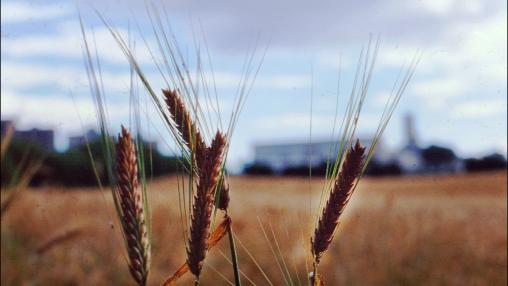
FAO Cereal Supply and Demand Brief Sees Improved Production Prospects, High Stocks
The FAO is predicting 2016 global cereal production to be nearly 2,526 million tonnes, up slightly from production forecasts in April. This slight revision comes mainly from increased wheat production forecasts, which rose 4 million tonnes in May. Much of this increased production is based on improved yield prospects in Europe, which are expected to outweigh the effects of poor weather conditions in India. Growth in anticipated global wheat production remains 16 million tonnes below the record production seen in 2015, however.
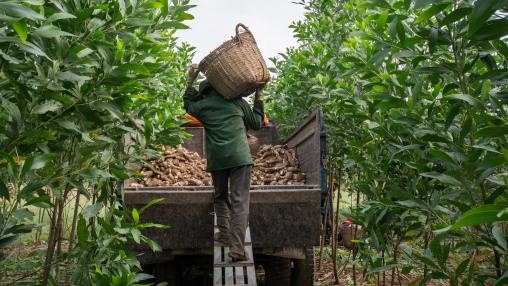
GIEWS Releases Latest Crop Prospects and Food Situation Report
GIEWS has released the October 2011 Crop Prospects and Food Situation report. The report cites improved prospects for global cereals production, based on higher expectations for rice and wheat. September saw a sharp fall in the price of all cereals except rice. This decrease was triggered by a number of factors, including the general global economic slowdown.
Download the full report